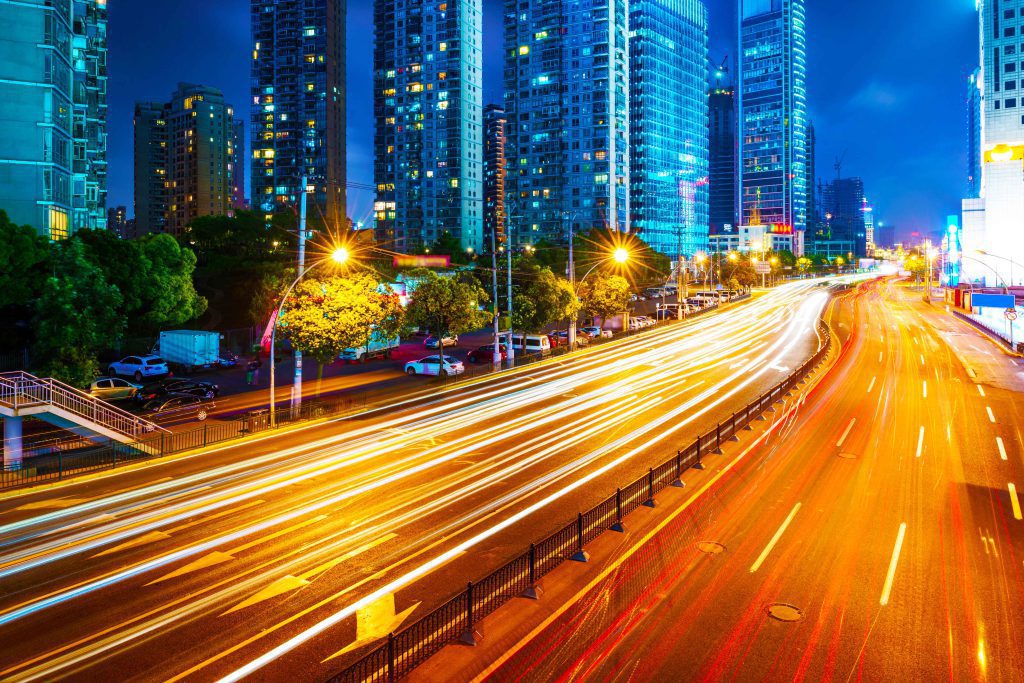The Evolution of LED Lighting Technology
From the simple flame to the incandescent bulb, fluorescent tubes, and now light-emitting diodes (LEDs), technology has come a long way in how we light our homes. These innovations have changed how we use light and have big effects on how much energy we use and how we affect the world.
In the past, light bulbs worked by heating a wire until it gave off light. But this process could have been better because it wasted a lot of energy as heat. Fluorescent lighting made better use of energy because it used gas discharge to make visible light, but it had some problems.
What are LEDs?
LEDs, which stand for “light-emitting diodes,” are a new technology that is changing how lights are made and how they are used. LEDs are small devices made of semiconductors that light up when an electric current goes through them. LEDs use less energy than regular lights because they don’t need to heat a filament.
The idea behind LEDs is that they light up because of electricity. When electrons in a semiconductor material move from a higher energy state to a lower energy state, they give off energy in the form of photons. LED lights stand out because they are so good at turning electricity into light.
The principle behind LEDs (Light Emitting Diodes) is that they emit light when electrons in a semiconductor material transition from a higher energy state to a lower energy state, releasing energy in the form of photons. LED lights are highly efficient at converting electricity into light.
Photo by Medhat Ayad: https://www.pexels.com/photo/white-light-bulb-378427
Exploring Different Types of LEDs
LED technology has grown to include a wide range of uses, so different kinds of LEDs have been made. Here are some of popular ones:
Traditional LEDs
are the most common kinds of LEDs that are used to light a room. They are good because they work well and don’t cost much. They have been used in a myriad of applications, including indicator lights, digital displays, traffic signals, and even in initial forms of general illumination. Over time, advancements in LED technology have expanded the capabilities of LEDs, including improvements in color rendering, energy efficiency, and the ability to control light intensity and color temperature.
High-Power LEDs
In commercial and industrial settings, these LEDs are often used. They are made for places where a lot of light is needed. High-power LEDs (Light Emitting Diodes) are advanced versions of standard LEDs designed to handle significantly higher levels of electrical power and output more light, often measured in watts rather than milliwatts. They are a leap forward in technology and application from traditional, low-power LEDs, catering to needs that require intense brightness from a compact source.
RGB LEDs
These colorful lights offer a versatile color spectrum through the use of red, green, and blue LEDs. People use them to set a theme, festivities, to make signs, and to light up buildings. RGB LEDs represent a flexible and dynamic lighting option, offering creative possibilities beyond what traditional lighting technologies can achieve. Their ability to create a wide range of colors and effects makes them a popular choice for both professional and personal lighting applications.
Advantages of LEDs
LED lighting has many perks that have changed the way we think about LED lighting:
Energy Efficiency:
LEDs are energy-efficient and make more light from the power they use. Because of this, energy prices are lower and power grids don’t have to work as hard.
Extended Lifespan:
LED lights have lifespans extending into tens of thousands of hours, a significantly longer duration compared to traditional lights, which typically last only a few hundred hours. This marks a substantial improvement.
Instant Illumination:
LEDs give off light as soon as they are turned on. This is different from regular bulbs, which take a while to warm up and reach full brightness.
Durability:
LEDs are solid-state devices without fragile filaments or glass components, allowing them to withstand movement and shocks effectively. Additionally, disposing of LED lights is easier due to the absence of hazardous materials. On the contrary, traditional lighting emits UV rays and is prone to shattering, making it a less safe option for illumination.
Quiet:
Unlike fluorescent lights, LED lights operate without producing any buzzing noises.
Dimming Capabilities:
Many LEDs can be turned down, so users can change how bright the light is to suit their needs and save energy.
As you gain an understanding of the scientific principles behind LED lighting and its potential benefits, you can explore its diverse applications and make informed decisions on how to illuminate your environment.
Conclusion
LED lighting represents a significant leap forward in lighting technology, offering a blend of efficiency, durability, and flexibility that traditional lighting options can’t match. Whether you’re looking to reduce your carbon footprint, cut down on energy costs, or simply enhance the ambiance of your space, LED lighting offers a compelling solution. By making the switch to LED, you’re not just choosing a superior lighting option; you’re also investing in a brighter, more sustainable future.
As LED technology continues to evolve, it promises to bring even more innovative solutions to meet our lighting needs. Embracing LED lighting is a smart move for anyone looking to combine environmental responsibility with cutting-edge technology. With its numerous benefits and ever-improving features, LED lighting is undoubtedly the lighting choice for the future.



